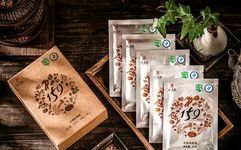Qi stagnation and blood stasis syndrome is particularly common among women, especially those who are meticulous, perfectionist, and overly cautious. “Qi is the commander of blood, and blood is the mother of qi”; “When qi flows, blood flows; when qi stagnates, blood stasis occurs.” Qi stagnation and blood stasis are interrelated issues; where there is qi stagnation, there will be blood stasis, and blood stasis can also exacerbate qi stagnation. The two often coexist, mutually causing and affecting each other, making it difficult to clearly distinguish which comes first. For instance, external factors such as sprains can lead to both qi stagnation and blood stasis simultaneously. Regardless of the cause of qi stagnation and blood stasis, it is necessary to differentiate the primary from the secondary between qi stagnation and blood stasis.
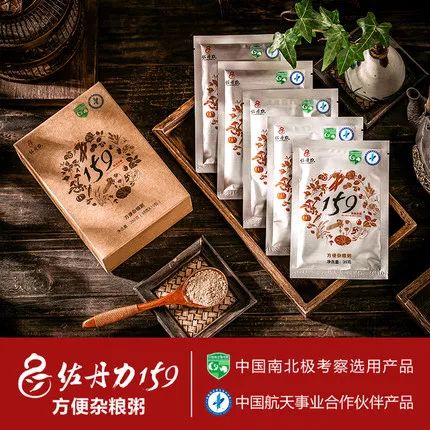
1. Why does qi stagnation and blood stasis occur?
The most common cause of qi stagnation and blood stasis is internal, specifically emotional issues, while daily personality traits and habits often lead to these emotional problems. Being overly serious and having high self-expectations can lead to anxiety about not performing well or perfectly, which often results in emotional blockage. Such individuals tend to have high expectations of those around them as well, often feeling dissatisfied with their partner’s or colleagues’ work. Some may express this dissatisfaction, while others may keep it bottled up, leading to stagnation of qi. Additionally, certain professions require extreme attention to detail, such as finance, editing, proofreading, and software engineering, which can also lead to qi stagnation due to the repetitive nature of their work. Furthermore, a temperament that is easily irritated can cause liver qi stagnation, leading to various issues.
External factors contributing to qi stagnation and blood stasis primarily include cold. Cold constricts and causes the body’s qi and blood vessels to contract, leading to poor circulation and the development of qi stagnation and blood stasis. This cold can come from external sources, such as excessive air conditioning, insufficient clothing, inadequate protection while riding electric bikes or motorcycles, or working in wet conditions, such as aquaculture or transportation. Cold can also come from dietary sources, such as consuming too many cold drinks or raw vegetables and fruits, or eating excessive cold-natured foods like crabs, mung beans, and celery. Additionally, the misuse of antibiotics and hormones during illness, especially in children, can have particularly severe side effects.
Moreover, various injuries are also significant causes of qi and blood stasis. Bruises, sprains, blunt force trauma, and cuts or puncture wounds can cause local tissue damage, swelling, and bleeding, which are accompanied by qi stagnation and blood stasis. Qi must flow for blood to flow; thus, local bruising and swelling must be resolved, necessitating both qi movement and blood activation in the treatment of injuries.
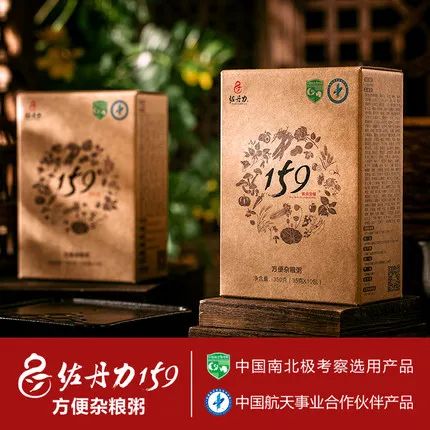
2. What are the symptoms of qi stagnation and blood stasis?
There are many symptoms associated with qi stagnation and blood stasis, with the earliest often being coldness in the extremities. Since the hands and feet are farthest from the heart, if qi is not flowing smoothly, the first sign is poor blood supply to the extremities, leading to cold hands and feet. Some individuals may even experience coldness in the elbows or knees, a condition referred to in TCM as “four extremities counterflow,” indicating that qi and blood are not flowing properly, even reversing. Often, individuals with yang deficiency also experience cold hands and feet due to insufficient energy, while qi stagnation and blood stasis result in qi and blood being stuck in the middle, causing coldness in the extremities. Therefore, if the hands and feet are cold, it indicates insufficient qi and blood supply to the extremities, which can be caused by either qi stagnation and blood stasis or yang deficiency.
As qi stagnation and blood stasis worsen, various symptoms can arise. Qi stagnation, akin to inflating a balloon, leads to a feeling of fullness and distension, often accompanied by wandering pain, especially in areas with more movement space, such as the chest and abdomen. In contrast, blood stasis symptoms are typically fixed and accompanied by significant tenderness and stabbing pain. The location of the stagnation will produce corresponding symptoms.
Stagnation in the liver and gallbladder: chest and rib distension, wandering pain, irritability or depression; may also present as anger, delirium, or mania; or as hard, immovable masses under the ribs.
Stagnation in the spleen and stomach: thirst without desire to swallow; or black, tarry stools.
Stagnation in the kidneys: in women, may present as dysmenorrhea, amenorrhea, or prolonged lochia, with dark purple blood containing clots.
Stagnation in the heart and lungs: cough, wheezing, palpitations, chest tightness, cyanosis of the lips, etc.
Stagnation on the surface of the body: cyanosis of the lips and nails, skin mottling; or skin purpura, or thread-like blood vessels on the skin, or visible veins on the abdomen, or engorged veins in the lower limbs.
Tongue: purple or dark tongue, or tongue with petechiae, with visible small varicose veins on the underside.
Pulse: thin and choppy or deep and choppy, or intermittent.
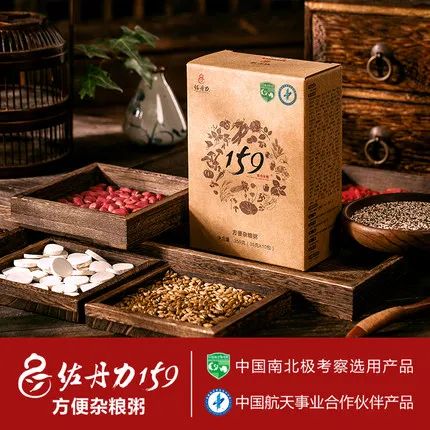
3. What to do about qi stagnation and blood stasis?
1. Focus on mental health.
Mental wellness is crucial for changing the constitution of qi stagnation and blood stasis. Reading classic psychological works and traditional Chinese texts can help change your perspective on the world. You will find that the world does not have to operate according to your ideal standards, and you do not need to demand perfection from yourself or others. Accepting imperfections can make life more colorful and even bring unexpected rewards. Additionally, helping those in need and contributing to society can bring inner peace and happiness, making such sacrifices a blessing for your health and the best form of wellness. It is also important to surround yourself with optimistic and cheerful friends and limit contact with those who constantly complain and wallow in self-pity, as their distorted worldview can negatively influence you. Cultivating hobbies can also immerse you in enjoyable activities.
2. Pay attention to daily routines.
Going to bed early and rising early is very important. Qi stagnation and blood stasis are primarily due to liver qi not being smooth, and sleeping before midnight ensures the renewal of liver blood. The key to maintenance is in spring and early morning. Spring and morning are when yang energy rises, so engaging in stretching activities is beneficial. In autumn and winter, it is essential to keep warm, and regular sun exposure can warm the body’s meridians, promoting qi movement and blood activation.
3. Engage in physical exercise.
Exercise can accelerate the flow of qi and blood and increase the secretion of endorphins, which are the best way to combat qi stagnation and blood stasis. It is recommended for individuals with qi and blood stasis to develop a regular exercise habit, aiming for two to three sessions per week, each lasting about thirty minutes. The exercise does not need to be intense but should be enough to break a light sweat. Activities like walking, tai chi, or dancing can promote the circulation of qi and blood throughout the body. Aim for at least thirty minutes of exercise daily, three to four times a week.
4. Pay attention to dietary habits.
To invigorate blood and resolve stasis, avoid cold and cool foods. Consume more: black beans, yellow beans, shiitake mushrooms, eggplant, rapeseed, sheep’s blood, mangoes, papayas, seaweed, kelp, nori, radishes, carrots, kumquats, oranges, pomelos, peaches, plums, hawthorn, vinegar, rose petals, green tea, brown sugar, yellow wine, and red wine, all of which have blood-invigorating, dispersing, qi-moving, and liver-soothing properties. Limit greasy and cold foods. Astragalus (Huang Qi) can be made into tea; add a dozen slices and drink until the flavor and color are gone.
Drinking ginger tea is particularly suitable for women with this condition. A simple recipe is to slice fresh ginger, boil it, and add brown sugar, drinking it twice daily. This warming herbal tea has a subtle and lasting effect. In fact, any woman with stasis can use ginger in cooking or tea, as it is the best food for warming and resolving cold dampness and blood stasis. Adding a few slices of ginger to brewed black tea also enhances the flavor.
5. Massage to improve qi stagnation and blood stasis. It is generally recommended to massage the Zusanli (足三里), Gan Shu (肝腧), Qi Men (期门), Ge Shu (膈腧), Dan Zhong (膻中), and San Yin Jiao (三阴交) points. When massaging, ensure the pressure is appropriate—not too light or too heavy—so that the area feels warm or slightly sore. Massaging for two months can help clear internal stasis and alleviate blockages.
6. Gua Sha (scraping therapy) or cupping can also help regulate qi stagnation and blood stasis. Generally, it requires using a plum blossom needle to prick the relevant acupoints before cupping. Common points include Dan Zhong (膻中), Qi Hai (气海), Nei Guan (内关), and Tai Chong (太冲).
7. Herbal treatment: It is best to consult a reliable TCM practitioner for diagnosis and consider taking formulas such as Shu Gan Wan (舒肝丸), Xiao Yao Wan (逍遥丸), Xue Fu Zhu Yu Tang (血府逐瘀汤), Shen Tong Zhu Yu Tang (身痛逐瘀汤), Fu Yuan Huo Xue Tang (复元活血汤), Shao Fu Zhu Yu Tang (少腹逐瘀汤), Tong Qiao Huo Xue Tang (通窍活血汤), and Ge Xia Zhu Yu Tang (膈下逐瘀汤) based on individual conditions.
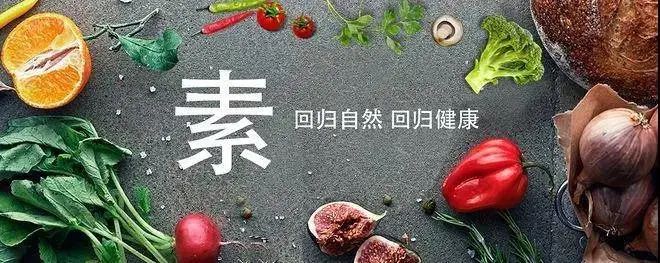 Dear friends, if you don’t want to miss our articles and prevent losing contact, please follow us, actively comment, like, and share this article in your circle.
Dear friends, if you don’t want to miss our articles and prevent losing contact, please follow us, actively comment, like, and share this article in your circle.
Health preservation may not make you look ten years younger immediately, but after ten years, while those around you have aged, you will still look the same as today.
Health preservation may not cure your illness immediately, but after ten years, while those around you may gradually pass away, you will still look the same as today.
Health preservation may not make you wealthy immediately, but after ten years, while those around you may go bankrupt due to illness, you will be carefree and well-off.
Disclaimer
Original submissions can contact WeChat: 15966351159. Articles without author attribution are reprinted from the internet, and copyright belongs to the original author. We share this article to disseminate more health information.
If there are copyright issues, please contact the editor for corrections.

During the cold dew season, the warmth of the heart is most evident, a warm breakfast, a heartfelt greeting..
In the cold dew, all things hide their warmth. As autumn deepens, the love of family always follows the season’s footsteps, with reminders from family: “It’s getting cold, remember to wear more clothes.” No matter how cold it gets, the heart always feels warm.
Food carries more warmth; prepare a bowl of five-grain porridge for your family. Lily, red dates, lotus seeds, and ginkgo are excellent nourishing ingredients for autumn. Lily not only nourishes yin and moistens the lungs but also stops cough and reduces dryness, providing excellent nutritional benefits; red dates can tonify qi and blood, enhancing immunity, as the saying goes, “Eating three dates a day keeps you youthful for a hundred years”; lotus seeds nourish the heart and calm the mind, and for those prone to cough, they can help moisten the lungs through kidney tonification; ginkgo, known as Bai Guo, was listed as a royal tribute as early as the Song Dynasty, known for its anti-aging and circulation-promoting properties, but should be consumed in moderation. A steaming bowl of porridge not only moistens the lungs and generates fluids but also fills this cold dew season with the taste of home.
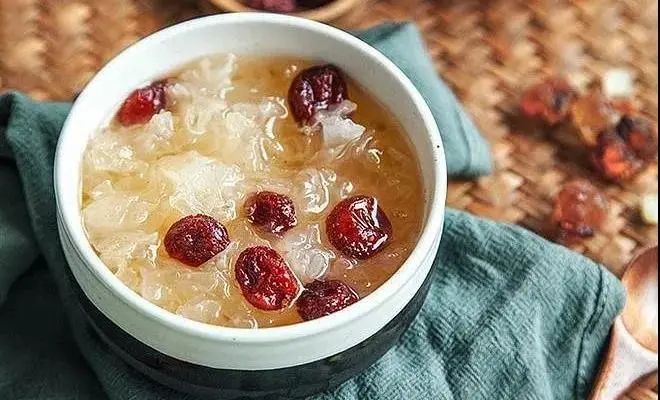
— END —
Focus on health! Spread health!
Share value with heart! Travel the world with love!

Click the lower right corner “Like” , and recommend it to everyone!
If you don’t want to miss us, remember to star us↓↓


